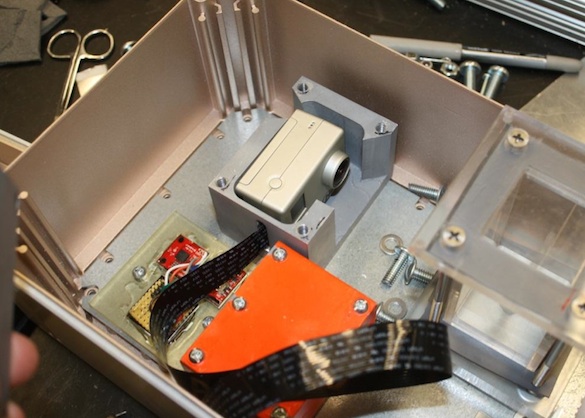Stratospheric Parabolic Flight Technology
PI: Steven Collicott, Purdue University
PI: Steven Collicott, Purdue University

- TA02 In-Space Propulsion Technologies
- TA06 Human Health, Life Support and Habitation Systems
- TA08 Science Instruments, Observations and Sensor Systems
Parabolic aircraft flights have long been productive and easily-accessed weightless test opportunities. The primary problem with parabolic flight testing is the residual acceleration environment, that is, the g-jitter from the atmosphere and engines. Any aircraft flying at these altitudes will suffer from similar magnitude g-jitter. A secondary limit is that parabola duration is limited by the vertical component of the flight velocity at the beginning of the parabola, and an aircraft design optimized for steady, level cruise with a 1.8g pull-up will be less than ideal. Proposed as a solution to these limitations is a three-flight program to develop stratospheric ultra-smooth parabolic flight capabilities of the High Altitude Shuttle System (HASS) of Near Space Corporation (NSC) and demonstrate the suitability of the stratospheric gliding parabolic flights for technology advancement and knowledge experimentation.
A successful first flight matures the Stratospheric Parabolic Flight technology from TRL 6 to TRL 7 and the Purdue hardware to TRL 6. A successful second flight matures the Stratospheric Parabolic Flight technology from TRL 7 to 8 and the Purdue hardware to TRL 7. A successful third flight matures the Stratospheric Parabolic Flight technology from TRL 8 to market-ready TRL 9 and the Purdue hardware to TRL 8.
Ultra-smooth stratospheric parabolic flight will be broadly applicable throughout spaceflight technology such as spaceflight fire safety, two-phase fluid dynamics for propellant control and life support systems, combustion in weightlessness, phase change thermal control loop operations including transients, propellant management, and slosh prediction.
First flight: Fly the Purdue accelerometer system to quantify parabola performance, document the flight, produce experimenter’s input to the flight provider for research needs, and acquire video data on spaceflight propellant management technology demonstrator. The accelerometers and fluids demo payload are one integrated payload as used in Armadillo and Masten rocket launches.
Second flight: Fly the Purdue accelerometer system as a Purdue payload rack and the demo payload as a `customer’ payload on that rack. This will confirm rack function, quantify and document flight performance for NSC and NASA, and test the first customer-style payload in the rack. Flight planning based on knowledge from the first flight will drive a more optimal trajectory for the second flight.
Third flight: Prototype science flight. Purdue accelerometer system and propellant management payload to fly. Anticipated additional technology or knowledge payload by another user will fly too in the Purdue rack.
The payload has flown on four development flights by Armadillo and a second version of the hardware awaits launch by Masten. One Armadillo flight peaked at near 95 km altitude but we can not state that the experiment worked because the experiment was crushed by the landing. Even the SD card with video data was destroyed in the violence of the landing.

Technology Details
-
Selection DateAFO4 (Aug 2012)
-
Program StatusCompleted
- 1 Balloon
Development Team
-
PISteven Collicott
-
Organization
-
SponsorPurdue University

